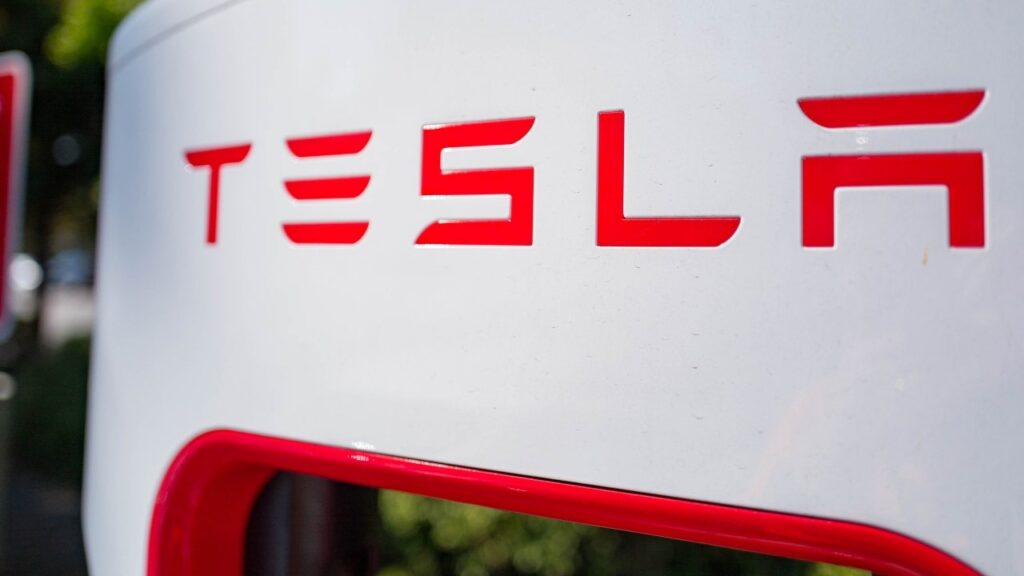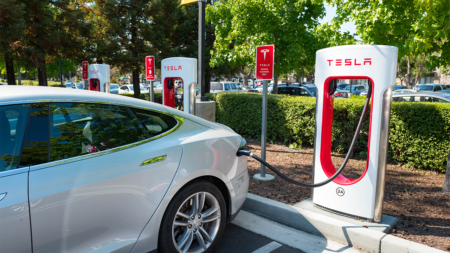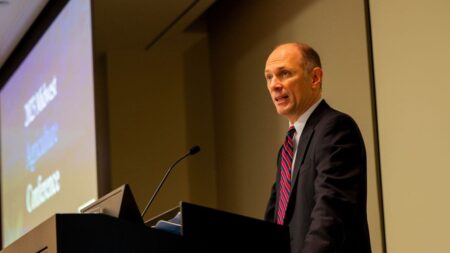Tesla is preparing to lay off more than 10% of its global workforce following weak first quarter deliveries and increasing competition in the electric vehicle (EV) market, according to a report.
A leaked internal email from CEO Elon Musk said that the automaker is looking to cut costs and increase productivity after years of rapid growth that have led to duplication in some roles and functions in certain areas of the company, tech publication Electrek reported on Monday.
The world’s most valuable automaker employs about 140,473 workers worldwide, Reuters reported, citing Tesla’s latest annual report. The reported staffing reduction will affect about 15,000 employees.
Tesla did not immediately respond to FOX Business Digital’s request for comment.
TESLA STOCK SLIDES ON BIG DELIVERIES SHORTFALL
The reported lay-offs come after Electrek reported that Tesla had told managers to identify critical team members, paused some stock rewards, canceled some worker’s annual reviews and reduced production at Gigafactory Shanghai.
Earlier this month, it was reported that Tesla’s quarterly deliveries declined for the first time in nearly four years and fell short of Wall Street analysts’ estimates. Tesla announced at the time that it delivered roughly 387,000 vehicles in the first quarter – well below expectations of about 443,000 and an 8.5% decrease compared to the first quarter of last year.
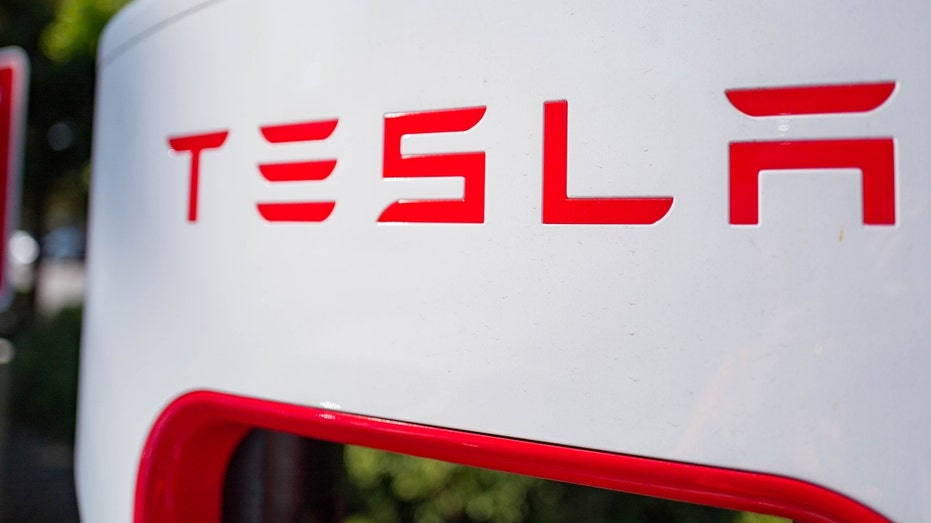
HYBRID VEHICLE SALES REVVING UP AS EV DEMAND SPUTTERS
The automaker has also faced an escalating price war in China, a key market for the EV maker, as low-cost competitors like BYD forced it to reduce prices and cut into its margins.
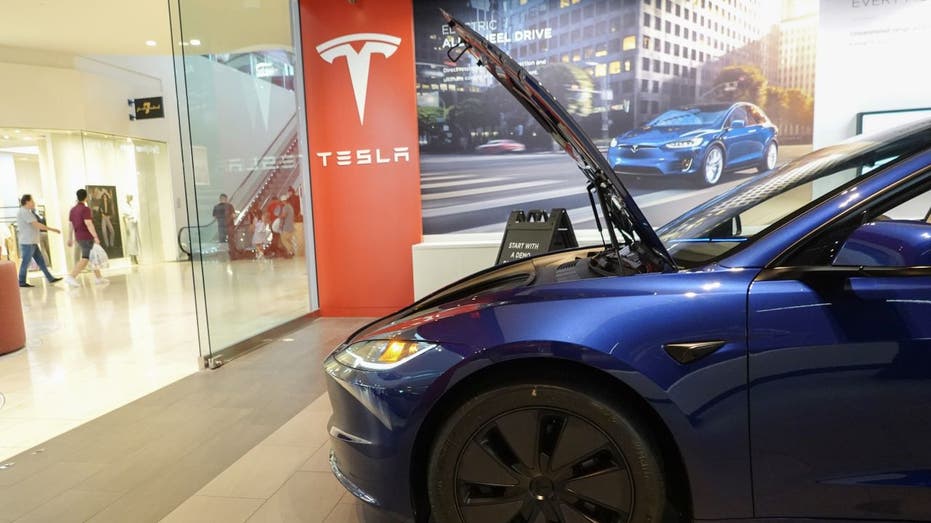
Reuters also reported earlier this month that Tesla was abandoning its long-touted plans to produce a budget-friendly starter car, purportedly called Model 2, that was expected to start at $25,000.
| Ticker | Security | Last | Change | Change % |
|---|---|---|---|---|
| TSLA | TESLA INC. | 171.05 | -3.55 | -2.03% |
Musk at the time accused Reuters of “lying,” though the outlet responded that he didn’t identify any specific inaccuracies in its reporting.
Read the full article here





